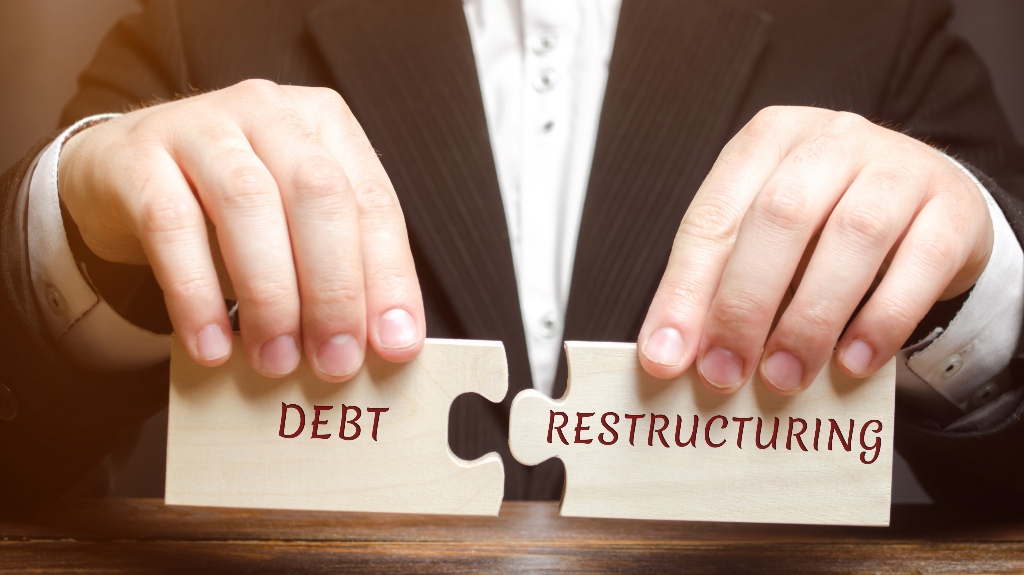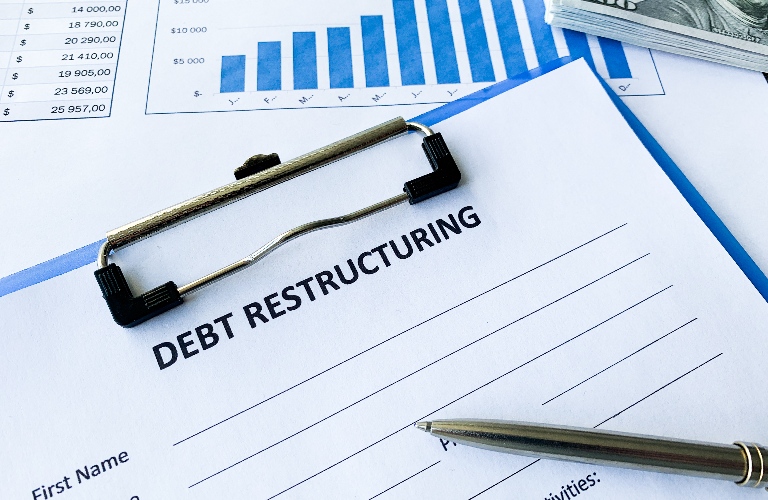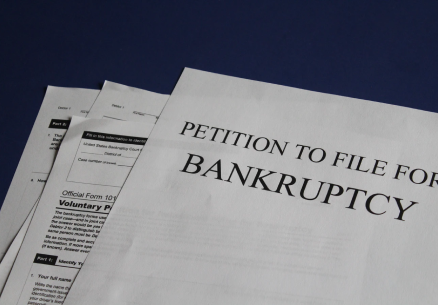
Financial distress is a hole that’s difficult to dig out of on your own. Whether it results from student loans, medical bills, or a period of unemployment, being in debt is a stressful situation. If you realize that you have more bills than you can pay and are contemplating bankruptcy, talk to a professional who can lay out your options.
Bankruptcy isn’t the only option for people who are underwater on their bills. In fact, Wisconsin has a special provision for residents that is an alternative to bankruptcy.
What is Debt Restructuring and How Does It Work?
Did you know that you can renegotiate some of your debts to make more affordable payments? Sometimes that’s as easy as calling the bank that holds a loan and discussing it with a bank officer, but other debts are tougher to restructure.
The benefits of restructuring debt rather than seeking bankruptcy include:
- Preserving your credit score,
- Saving money on bankruptcy fees,
- Maintaining good relations with creditors, and
- Paying off debts faster.
Restructuring is most effective when your income has been reduced temporarily or when adjusting payments will make a big difference. There are several methods of restructuring:
- Reduced interest — a way that unsecured creditors (like credit card companies or utilities) can lower the interest accrued on the unpaid principal so the debt doesn’t grow as quickly.
- Extensions on payments or lower minimum payments allow the debtor flexibility to stretch their budget through a temporary period of insolvency.
- Consolidating debt is a tactic that involves combining what’s due into one payment, often with more favorable terms that make it easier for the borrower to pay.
- Payment plans are available on requirements like taxes and often can be negotiated with medical providers and others.
How Wisconsin’s Chapter 128 Debt Restructuring Law Works
A little-known provision in Wisconsin law allows individual residents to restructure personal debt in a way that is similar to filing for bankruptcy but avoids the cost and the stigma. It’s particularly helpful to those considering bankruptcy due to unsecured debts but whose income is too high to qualify for Chapter 7 or whose debt is too high to qualify for Chapter 13.
Called Chapter 128, the Wisconsin-only process is filed in circuit court. It provides an automatic stay period during which creditors cannot contact the debtor or attempt to collect but is not as financially invasive or expensive as federal bankruptcy proceedings. In fact, the debtor (applicant) is not required to attend a meeting with creditors. Unlike the federal bankruptcy process, Wisconsin’s Chapter 128 does not allow debts to be discharged or written off; all are expected to be repaid after restructuring.
Due to the three-year timeframe allowed, mortgages, most auto loans, and student loans are rarely included. In fact, creditors holding secured debts are not required to participate.

In brief, the process is:
- The debtor files the necessary petition and paperwork with circuit court.
- A trustee reviews the debts and discusses the situation with creditors if any come forward.
- A plan is developed for the debtor to repay the amounts due, using restructuring tools available.
- The court approves the plan, which is a maximum of 36 months.
- Upon completion, the debtor does not bear the stigma of bankruptcy, which stays on their credit report and discourages lenders from doing business with them for 7-10 years.
Learn More About Taking Control of Debt
The bankruptcy professionals at Kerkman & Dunn are available to answer your questions about Section 128.21. As professional negotiators and litigators, we can help you navigate restructuring with creditors and decide between this process and federal bankruptcy. Ultimately we hope to guide you to firm financial footing and a brighter future. Call us for a consultation today.


